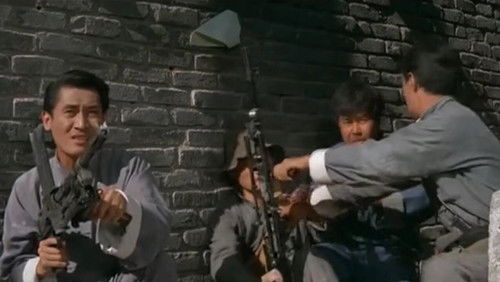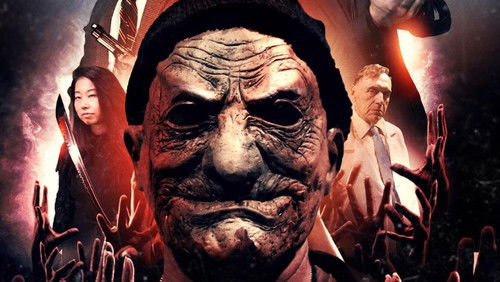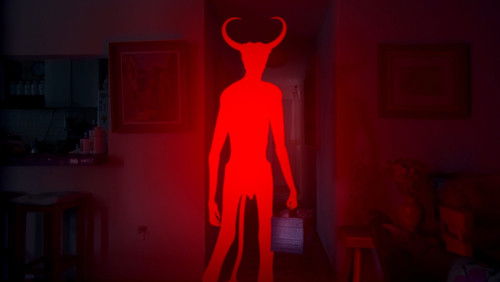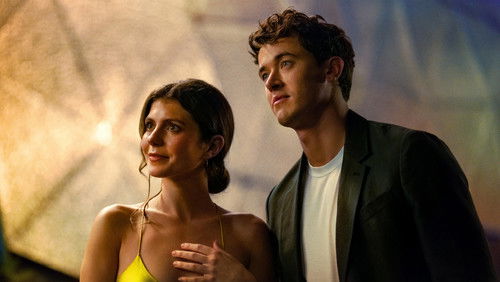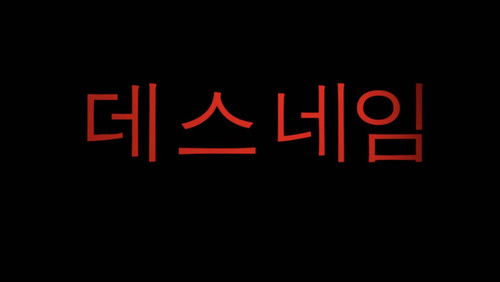Iesirea trenurilor din gara (2020)
52KIesirea trenurilor din gara (2020). 2h 55m
“u0026#39;The Exit of the Trainsu0026#39; is an important and necessary documentary film, which cannot be judged by the criteria by which we judge other films and even documentaries. I dare to compare the format of this film with that of u0026#39;Shoahu0026#39;, the 1985 film by Claude Lanzmann, which was bringing to screen in over nine hours of duration testimonies of survivors of Holocaust in Europe. Radu Jude together with the historian Adrian Cioflâncã do something similar in this film, focusing on a single episode, the Iasi Pogrom which took place between June 27-30, 1941. The film is made in 2020, and most of the survivors are no longer alive. But there are photos of the victims, there are testimonies of families and eyewitnesses of the crimes that were committed. In almost three hours of screening, they are brought to the screen and offered to viewers in the form of a raw document. Two intellectual paths from different disciplines intersect here. Radu Jude is an involved and courageous filmmaker, whose films relentlessly address controversial aspects of the Romanian national history and acute problems of the present, bringing to the surface difficult and awkward details of the past, or putting in front of the viewers a mirror in which to see the uneasy realities of the present. Adrian Cioflâncã is a well-known historian and researcher, whose activity focuses on the over five decades of dictatorships that subjugated Romania between 1938 and 1989. A few years ago, the historian organized an exhibition in which he presented the human dimension of the victims of the Iasi Pogrom, their names, photos, biographies. The material from that exhibition is developed in u0026#39;The Exit of the Trainsu0026#39; which deals with the circumstances of the victimsu0026#39; deaths, using a documentary essay format already experienced by Radu Jude in u0026#39;The Dead Nationu0026#39;.u003cbr/u003eu003cbr/u003eThe film consists of two parts. The first part presents in the alphabetical order of their names the portraits of 220 (out of the estimated 13,000) of the victims of the Iasi pogrom. There are family photos, on identity documents, on tombstones. They look at us, stiff or natural, smiling or serious. The soundtrack for each of them consists of testimonies related to the circumstances of each death, as told by the relatives who survived or by eyewitnesses. The criminals are named – Romanian soldiers and gendarmes, German soldiers and officers, in some cases civilians, even neighbors of the victims. The testimonies are read by the actors, historians, members of the team that made the film. In some cases their voices are cut off by emotion, we can feel their silent tears when reading about the atrocities. In a meeting with the public at a documentary film festival in Bucharest, the authors were asked if the two and a half hours in which the portraits and shocking testimonies are presented are not excessive. The answer (I think Radu Judeu0026#39;s) was that the authors did not want to make a selection. Each victim whose photograph was found and a testimony of the circumstances of the death exists found his place in the film, with his name and physiognomy. We can look at them and they can look at us. The second part, much shorter, presents photos taken by German military and Romanian security services officers, documenting the horrors – people lined up marching to their death, corpses on the streets, the death trains.u003cbr/u003eu003cbr/u003eu0026#39;The Exit of the Trainsu0026#39; is before all a document and should be appreciated as such. Itu0026#39;s not entertainment or a regular documentary. This film requires effort, and it is not easy, perhaps even necessary, to be seen in a single viewing session. Radu Jude did not look for any cinematic artifice and chose to expose the documents in a state close to the one in which we would see them in the archives. The sources are multiple – the Romanian archives, those at the Yad Vashem Institute in Jerusalem and the Holocaust Museum in Washington. Gathering all this information together, Radu Jude and Adrian Cioflâncã created a reference film-document, which I hope will be accessible for study in schools and to the general public, now and for future generations.”


